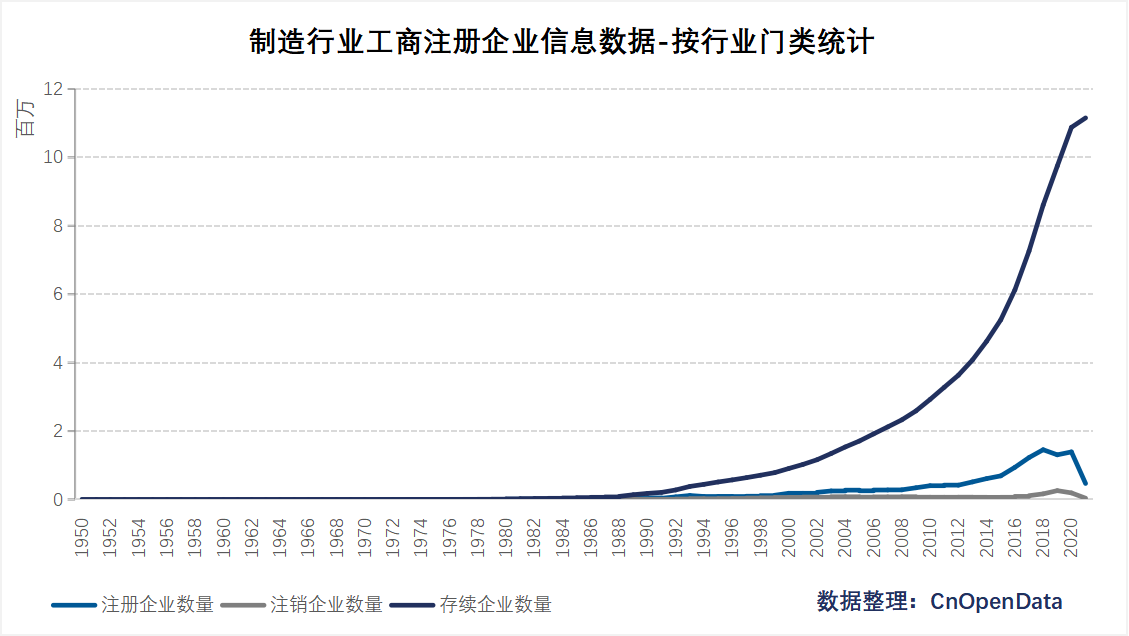The manufacturing industry refers to the sector that utilizes resources (materials, energy, equipment, tools, capital, technology, information, and human resources) during the mechanical industrial age. Through manufacturing processes, it transforms these resources into large-scale tools, industrial products, and consumer goods according to market demands. Manufacturing directly reflects a nation's productivity level and serves as a crucial factor distinguishing developing countries from developed ones. It occupies a significant share in the national economies of developed countries.
As a pillar industry in China, the manufacturing sector has consistently maintained robust development momentum. However, with the fading of China's demographic dividend and rising labor costs, the traditional labor-intensive development path has become increasingly constrained. Meanwhile, intelligent equipment represented by industrial robots is revolutionizing production methods in traditional equipment manufacturing, logistics, and related industries. The digital transformation of manufacturing has become a vital component of China's innovation-driven development strategy. Industrial chains in key areas—major equipment industries, core fundamental component industries, and new materials industries—continue to evolve. The pace of digital industrialization and industrial digitization accelerates, with the digital economy providing strong momentum for economic and social development.
The statistical data on the number of manufacturing business registration enterprises comprehensively processes detailed business registration information of 15 million enterprises and individual businesses within the manufacturing sector across four dimensions, vividly illustrating the developmental trajectory of China's manufacturing industry across regions since 1950.
Data Features
- Provides detailed statistics on the number of manufacturing business registration enterprises across 363 cities and 2,933 districts/counties within China’s 31 provinces/municipalities/autonomous regions/special administrative regions;
- Comprehensively covers business registration status from 1950 to present, featuring an extensive time span and complete observation period;
- Tracks not only the number of newly registered enterprises by region and year but also the number of deregistered enterprises, enabling calculation of active enterprise counts;
- Classifies enterprises into 42 major categories under manufacturing according to the National Economic Industry Classification standards;
- Conducts statistical analyses from two-dimensional, three-dimensional, and four-dimensional perspectives, offering rich fields and comprehensive tables to meet diverse statistical requirements;
Data Scale

Time Coverage
1950–2021.12.31 (Updatable upon request)
Field Display
制造业工商注册企业二维信息数量统计表
制造业工商注册企业三维信息统计表
制造业工商注册企业四维信息统计表
Sample Data
Given the extensive number of tables in this dataset, only secondary statistical tables are displayed on this page. For detailed table data, please navigate to the left sidebar.
省份-年度-企业数量信息表
城市-年度-企业数量信息表
区县-年度-企业数量信息表
行业-年度-企业数量信息表
企业性质-年度-企业数量信息表
Related Literature
- Fan, J., Liu, N., & Liu, Y. (2021). Geographic Distance, Input-Output Relationships, and Industrial Agglomeration. Economic Research, (10).
Data Update Frequency
Annual updates